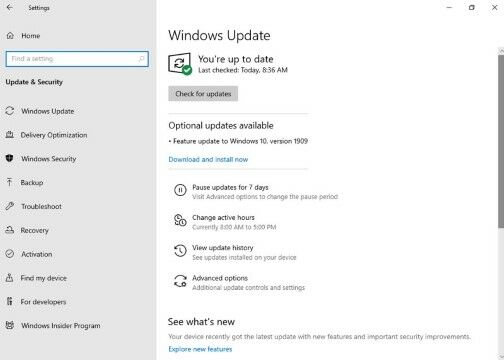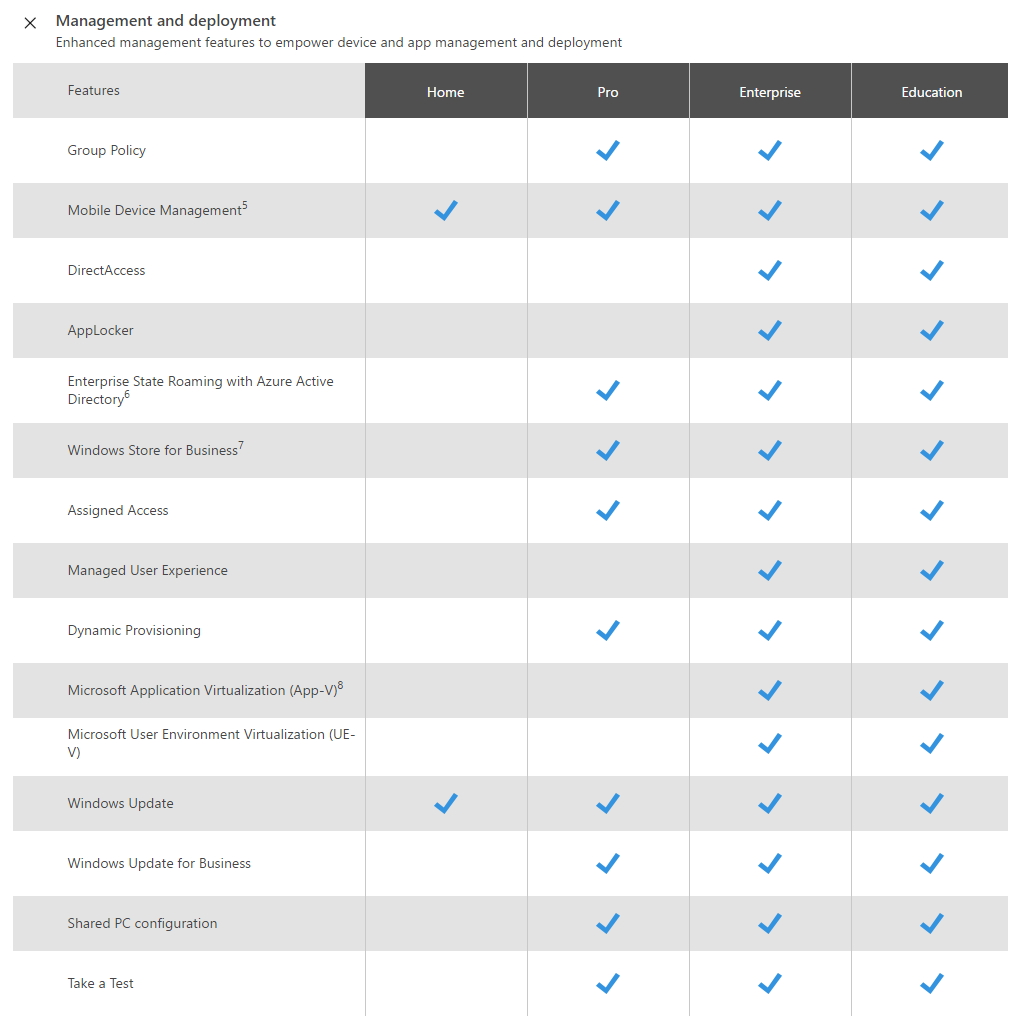

All these plans, except E1, include Office ProPlus with SCA and are suitable for use in an RDS environment. These plans offer key features that are geared towards Enterprise productivity which include options that are not available under Business plans. Office 365 Enterprise plans include ProPlus, E1, E3, and E5. This link will help you understand the differences between each of these plans Office 365 Enterprise These plans are also not compatible with Nerdio For Azure (NFA) environments.

This means that you cannot use Business plans with a Remote Desktop Environment (RDS) in Azure. For example, Office 365 Business does not include Shared Computer Activation (SCA) for Office products. However, there are a few limitations to these plans which are important to note. These plans are a great low-cost way to provide key Office 365 services to clients with minimal needs. Office 365 Businessīusiness plans include Essential, Business, and Business Premium. The Office 365 suite is divided into two main categories: Office 365 Business and Office 365 Enterprise. Most of these plans offer hosted Microsoft Exchange mailboxes along with various "add-ons" that add increased security and compliance for stand-alone office applications such as Project. Office 365 is the traditional cloud productivity suite that comprises of common Microsoft Office applications like Outlook, Word, Excel, and PowerPoint. Of the two types of plans, this one is the most popular. In this article, we will explain the differences and help you understand when to choose one over the other when building a cloud practice. Microsoft currently offers two main plans for its cloud productivity services: Office 365 and Microsoft 365. The first step most Managed Service Providers (MSPs) take to move their customer’s business to the cloud is with Office 365-the cloud productivity suite from Microsoft.


 0 kommentar(er)
0 kommentar(er)
